Sports Massage vs Osteopathy: Understanding the Differences
When dealing with musculoskeletal issues, such as pain or injury, it’s essential to choose the right therapeutic approach for your needs. Two popular options are sports massage and osteopathy. While both aim to improve physical well-being and manage pain, they do so through different methods and principles. Here’s a breakdown of how they differ and how osteopathy can also address acute musculoskeletal pain.
What is Sports Massage?
Definition and Approach: Sports massage is a specialised form of massage therapy designed to address the needs of athletes and physically active individuals. It focuses on the muscles and soft tissues, employing various techniques to enhance performance, prevent injuries, and aid recovery.
Key Characteristics:
Targeted Techniques: Sports massage involves deep tissue techniques, stretching, and trigger point therapy. These methods are specifically aimed at relieving muscle tension, improving flexibility, and reducing soreness.
Performance and Recovery: This therapy is often used pre-event to prepare the muscles for activity or post-event to help with recovery. It can also be beneficial in managing chronic muscle pain or discomfort resulting from physical exertion.
Treatment Goals: The primary goals are to alleviate muscle tightness, enhance blood circulation, and improve the range of motion. Sports massage is excellent for addressing issues directly related to physical activity and muscle strain.
When to Choose Sports Massage:
Opt for sports massage if you are involved in regular sports or exercise activities, need to prepare for an event, or require assistance with recovery and muscle maintenance. It’s particularly useful for managing muscle-related issues and enhancing athletic performance.
What is Osteopathy?
Definition and Approach: Osteopathy is a holistic approach to healthcare that focuses on the interrelationship between the body’s structure and function. Osteopaths use a range of manual techniques to diagnose, treat, and prevent conditions affecting the musculoskeletal system, including acute pain.
Key Characteristics:
Holistic Treatment: Osteopathy considers the entire body and how different systems interact. Treatments involve gentle manipulations, stretching, and soft tissue techniques aimed at restoring balance and function across the body.
Acute Musculoskeletal Pain: Osteopathy is particularly effective for addressing acute musculoskeletal pain, such as sudden back pain, neck pain, or injuries. Osteopaths assess and treat these conditions by improving joint mobility, reducing muscle tension, and correcting imbalances.
Treatment Goals: The goal of osteopathy is to improve overall body function, relieve pain, and support the body’s natural healing processes. Osteopaths also provide advice on posture, lifestyle, and ergonomics to prevent future issues.
When to Choose Osteopathy:
Consider osteopathy if you have acute musculoskeletal pain, such as a recent injury or sudden onset of pain, or if you’re seeking a holistic approach to managing pain and improving overall function. Osteopathy is also beneficial for those looking to address complex issues that involve multiple body systems.
Comparing the Approaches
Scope of Treatment: Sports massage focuses primarily on muscle recovery and performance enhancement. In contrast, osteopathy addresses a broader range of musculoskeletal issues, including acute pain and overall body function.
Techniques Used: Sports massage employs specific techniques like deep tissue massage and stretching to target muscle issues. Osteopathy uses a combination of manual techniques to improve body function and alleviate pain.
Treatment Goals: Sports massage aims to reduce muscle tension and improve physical performance. Osteopathy seeks to restore overall body balance, manage acute pain, and support long-term health.
Conclusion
Both sports massage and osteopathy offer valuable benefits, but they serve different purposes and approaches. Sports massage is ideal for athletes or active individuals needing muscle-specific treatment and recovery support. Osteopathy, on the other hand, provides a holistic approach to managing acute musculoskeletal pain and improving overall body function.
Understanding these differences can help you choose the most appropriate therapy based on your specific needs and health goals. Consulting with a healthcare professional can also provide personalised guidance and ensure you receive the most effective care for your condition.

